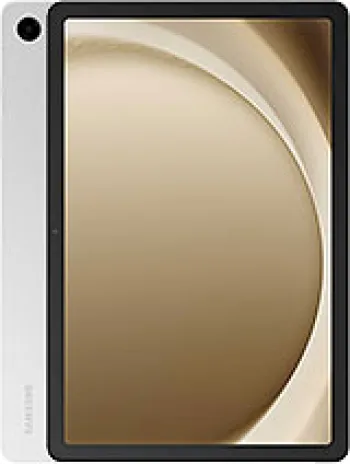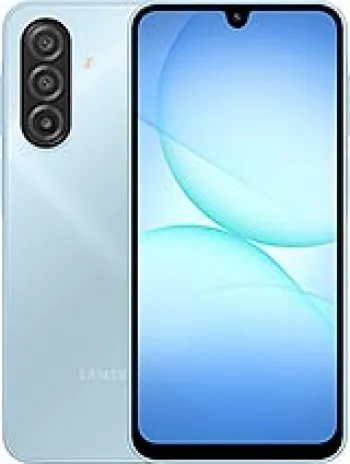
Introduction to Samsung Galaxy S II LTE I9210
The Samsung Galaxy S II LTE I9210 was announced in August 2011 and released in November of the same year. This device marked Samsung's foray into the LTE market, offering advanced connectivity options alongside a suite of impressive hardware specifications.
Network Capabilities
The Galaxy S II LTE was designed to support a broad range of network technologies, including GSM, HSPA, and crucially, LTE. For 2G networks, it operates on GSM bands 850/900/1800/1900. In the realm of 3G, it supports HSDPA on bands 850/900/1900/2100, while for LTE, it covers bands 3, 7, and 20, allowing for robust connectivity options and faster internet speeds for its time, with speeds up to HSPA 21.1/5.76 Mbps.
Design and Build
The design of the Galaxy S II LTE is characterized by its dimensions of 130.9 x 69.9 x 9.4 mm, making it a relatively compact smartphone. It weighs 132 grams, which was considered quite manageable for a device in 2011. The smartphone uses a Mini-SIM card, reflecting the standard of its era.
Display Features
The device features a 4.5-inch Super AMOLED Plus display, which was one of the leading display technologies at the time, known for its vibrant colors and deep blacks. The screen resolution is 480 x 800 pixels, giving it a pixel density of approximately 207 ppi. It also comes with Corning Gorilla Glass protection, enhancing its resistance to scratches and minor impacts.
Hardware Performance
Under the hood, the Galaxy S II LTE is powered by a Qualcomm APQ8060 Snapdragon S3 chipset. It features a dual-core 1.5 GHz Scorpion CPU and an Adreno 220 GPU. This combination provided a solid performance for browsing, multitasking, and handling media applications. The internal storage capacity is 16GB with the option to expand it via a microSDHC card slot, which includes an 8GB card.
Camera Specifications
The main camera on the Galaxy S II LTE is an 8 MP shooter with an f/2.6 aperture. It supports auto-focus and is paired with an LED flash, which helps in low-light conditions. For video recording, the main camera can capture 1080p videos at 30fps. The front-facing camera features a 2 MP sensor, catering to basic selfie and video call needs.
Audio and Connectivity
Audio playback on the device includes a loudspeaker and a 3.5mm audio jack, which was a ubiquitous feature in smartphones at the time. In terms of connectivity, it supports Wi-Fi 802.11 a/b/g/n, dual-band, Wi-Fi Direct, DLNA, and hotspot capabilities. Bluetooth 3.0 comes with A2DP and aptX support, enabling better audio quality over wireless speakers and headphones. The device also includes GPS with A-GPS and optional NFC support.
Software and User Experience
The Galaxy S II LTE originally shipped with Android 2.3 Gingerbread and was upgradable to Android 4.1 Jelly Bean, providing access to a wide range of apps and an improved user interface. This operating system upgrade expanded the device's capabilities, offering a smoother user experience and access to newer Android features of that time.
Battery Life and Management
Powered by a removable Li-Ion 1850 mAh battery, the Galaxy S II LTE offered a decent battery life for its generation. It provided a standby time of up to 192 hours, talk time up to 5 hours, and music playback up to 30 hours. The removable battery design allowed users to carry a spare battery for extended usage.
Sensors and Additional Features
The device comes equipped with a range of sensors including an accelerometer, gyro, proximity sensor, and compass. These sensors enabled a variety of functionalities, from screen rotation to augmented reality applications.
Market Availability and Pricing
Upon its release, the Galaxy S II LTE was available primarily in black and retailed for approximately 200 EUR. Despite its discontinuation, it remains a noteworthy device that contributed to the transition of Samsung into the LTE smartphone market. Its SAR values are 0.16 W/kg (head) and 0.66 W/kg (body), aligning with safety standards of that time.
Conclusion
The Samsung Galaxy S II LTE I9210 was a significant milestone in smartphone development, offering LTE connectivity along with a feature set that was competitive at its time of release. Its blend of advanced network capabilities, robust design, and efficient performance made it a popular choice among early adopters of 4G technology. While technology has significantly advanced since 2011, the Galaxy S II LTE holds an important place in the history of smartphone evolution.
Key Features of Samsung Galaxy S II LTE I9210
- Supports multiple network technologies: GSM, HSPA, and LTE
- Super AMOLED Plus display with Corning Gorilla Glass protection
- 4.5-inch screen size with 480 x 800 pixels resolution
- Dual-core 1.5 GHz Scorpion processor with Qualcomm APQ8060 Snapdragon S3 chipset
- Expandable memory with microSDHC slot and 16GB internal storage
- 8 MP main camera with LED flash and 1080p video recording
- 2 MP front-facing camera
- Wi-Fi 802.11 a/b/g/n, dual-band, Wi-Fi Direct, DLNA, and hotspot capabilities
- Bluetooth 3.0 with A2DP and aptX support
- NFC capability (optional)
- Comprehensive sensor suite: Accelerometer, gyro, proximity, compass
- Removable Li-Ion 1850 mAh battery
Disadvantages of Samsung Galaxy S II LTE I9210
- Discontinued status and outdated software, being launched in 2011.
- Screen resolution is relatively low (480 x 800 pixels) resulting in lower pixel density (~207 ppi).
- Operates initially on Android 2.3 (Gingerbread), despite being upgradable to 4.1 (Jelly Bean), which is quite outdated.
- Limited RAM of 1GB, which may affect multitasking and performance with modern applications.
- Absence of a radio feature.
- Relatively low talk time of up to 5 hours as per the battery specifications.
- No additional front camera features beyond basic 2 MP capacity.

View Also
More Phones
All Rights Reserved +14266 Phones © Mobilawy 2025

























